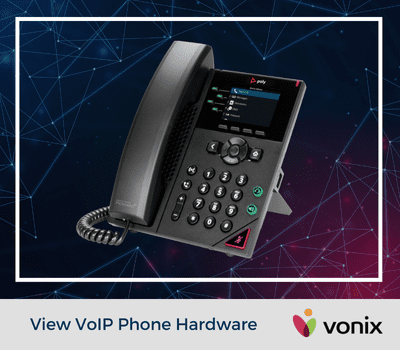Many aspects of your business are not going to be one-size-fits-all for all of your customers. You may have certain services that are more popular among different families or receive special requests to accommodate differences in customers. Similarly, businesses today should evaluate how they communicate with customers to ensure they’re making the most out of their channels. Often, our preferred communication styles are tied to our age and when we began interacting with new technologies.
How People Want to Communicate with Businesses
Customers and prospects have more avenues than ever to contact companies. Each method has its pros and cons and are often preferred by different generations. For instance, Gen Z and millennials are generally more comfortable than Gen X and boomers in finding answers they need over a chat, while the older generations prefer a phone call.
Of course, these ideas vary by individuals – some boomers might want to be able to text their favorite businesses. But what remains consistent is that however they communicate, people want to be able to find answers on their schedule.
Older Generations and Business Communication
It’s generally accepted that boomers and traditionalists prefer face-to-face communication and in-person interactions over all forms of digital communications. While they may appreciate newer forms of digital communication (like the ability to video call their grandkids), when working with businesses, those over 60 would rather talk in person or over the phone. They can get frustrated more quickly by extensive transferring, hold times, and other difficulties in getting information.
Boomers and those older than them have the least patience for waiting on hold, with only one-quarter of those 65+ being willing to wait on hold for more than two minutes (less than any other group).

Our advice: remove as many barriers as possible for getting your callers to the right party. Give an option for callers to interact with a person instead of a menu or allow them to request a callback instead of waiting on hold.
Business Communication for Gen X & Older Millennials
For those who perhaps grew up in a home without a personal computer or used one for the first time in grade school, technology is ever-present but less ingrained in their childhoods. They’re often the most comfortable in using email as their primary form of business communication and prefer to keep social media to friends and families, not business correspondence.
For those in their early fortys to mid fifties, digital communication isn’t difficult, and they can generally adapt to any medium. That said, when they need a quick, direct answer, they’re more likely to turn to a voice call than a Tweet.

Our advice: Add answers to common questions and more general information to your website. Those in their forties & fifties are more likely to seek out answers to their problems before reaching out, and you may be able to reduce the calls you have to field.
Younger Generations and Business Communication
Older generations often bemoan how Gen Z and millennials would prefer to text or social media message than have a direct conversation. There are many articles decrying how millennials are killing phone calls, professionalism, and everything else. But we want to note that it’s important when looking at different generations to not think of one being “right” or “better at communicating.”
Consider that millennials have less leisure time and spend more time each day working and providing care for others than other generations. When they need to communicate with businesses, they could be in an open office, commuting, or multi tasking while getting ready for the day. In many situations, it’s easier to use nonverbal communication or it could be difficult to wait on hold for a response.

Additionally, if a millennial does call a customer service line, they’re more patient than other generations. Of all the groups asked about phone wait times, millennials were the most likely group to wait for longer on hold for help. That means that although they are the least likely to call a business phone number, when they do call, they’re willing to wait to find a resolution or answer.
Our Advice: Set up digital communication channels like live website chat, social media monitoring, and business texting. You can often save quick replies to common questions to help your employees save time when managing these channels.
Caveat: Individuals Matter More than Generations
Before you base everything on generational differences, we want to shed light on the fact that when discussing demographics, there are a number of factors just as important as age. Generations are usually around 15-20 years long and have many differences within them. Today’s millennials are anywhere from 25-45 years old. You can guess that a single 25-year-old working two jobs may interact with businesses differently than a 43-year-old parent to middle schoolers.
Class, location, age, gender, orientation, and education can all mold how a person interacts with the world around them. When thinking of productive changes to make at your business, consider who your actual customers are and what would help them to continue working with you. A senior executives may prefer apps and digital communication more than someone from Gen Z who didn’t have much internet access as a kid.
All this said, there are documented differences between generations and how they like to communicate with businesses. Use these data points as a starting point and use your own experiences and interactions with your customers guide the decisions you make at your company.










